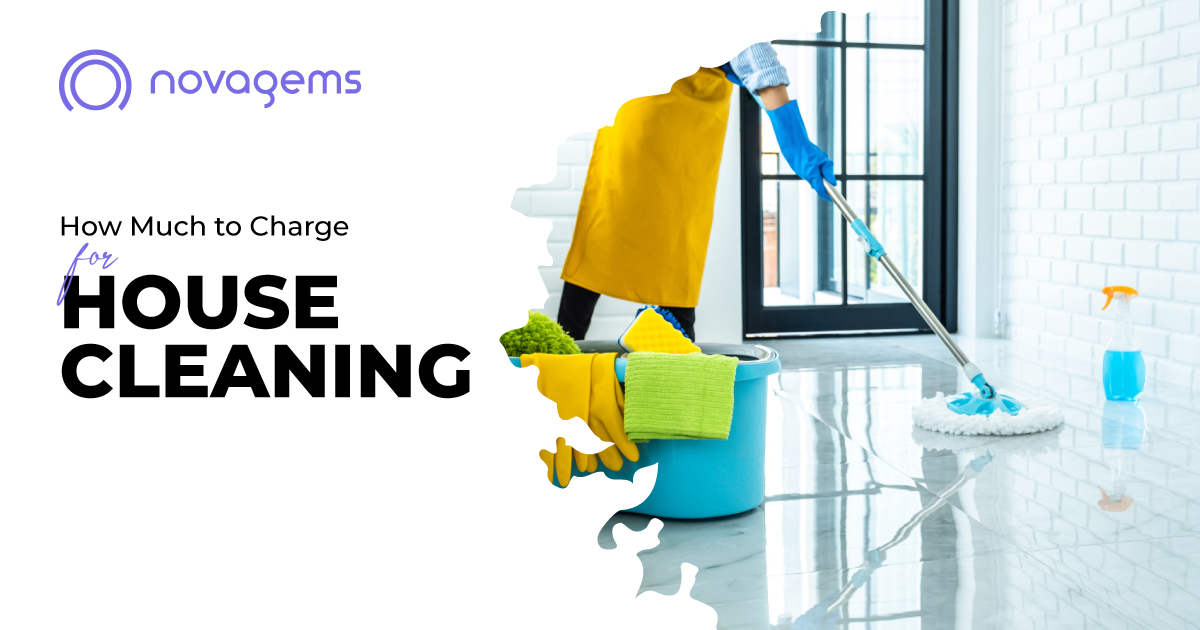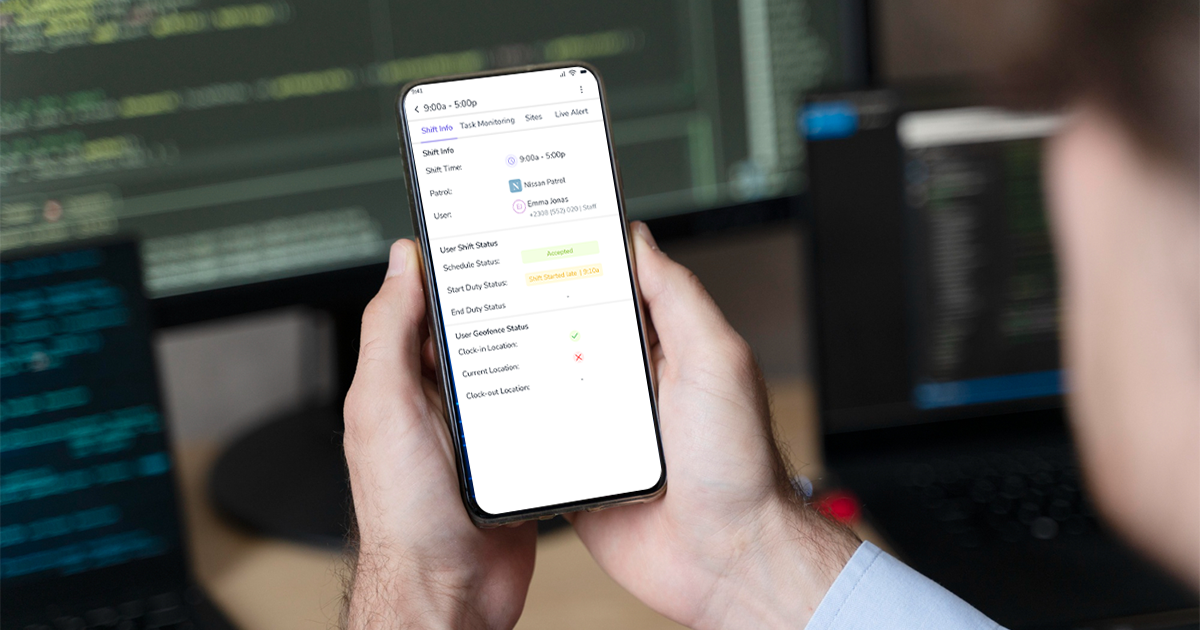What Are The 4 Best Ways That Make Your Security Guard Quotation Accepted?
Published on: Mon, Jul 19, 2021
Last updated: 2025-10-06
Read in 11 minutes
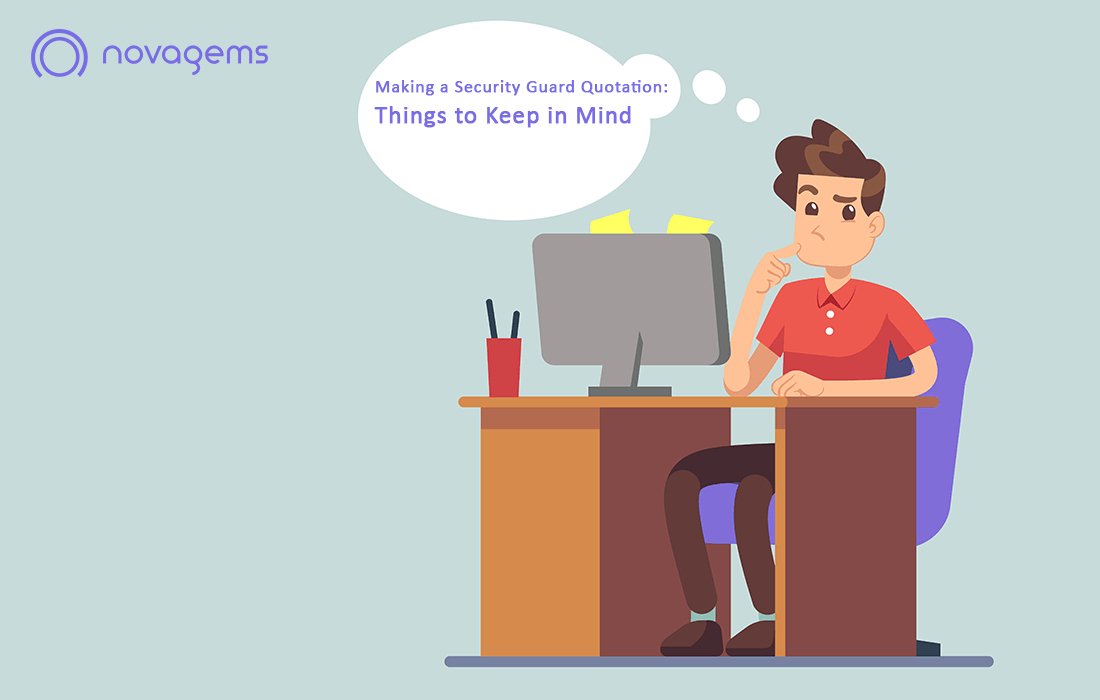
Key Takeaways
- A professional quotation can be the difference between winning and losing a security contract.
- Your quotation should include clear cost breakdowns, duties, terms, and profit margins.
- Transparency builds trust and improves your brand image.
- Include factors like wages, benefits, supervision, insurance, and equipment in your pricing.
- Avoid common mistakes such as vague wording, underpricing, or missing details.
- Use technology and templates to make your quotation accurate and easy to read.
For security companies, the competition has toughened in the past few years. The increased crime rates have made businesses and individuals conscious of their security and safety. Thus, they go for the best security company near them.
Having said that, if a client has approached you inquiring about your security services, chances are high that they are talking to several other companies simultaneously.
So, your goal here is to stand out and be professional. The first thing that will make or break the deal for you is your security guard quotation. Before sending this formal document to your prospective client, you must know that it can do wonders for your business! It can either push you to the list of selected companies or to that of rejected ones. This small piece of information about your business holds a lot of power. Let us see how you can make it right and turn things in your favor.
Keep in mind a lot goes into sending the security quotation the right way. Here we will tell you about all these factors one by one:
1) Timing
As discussed above, when a prospect looks for security services, they talk to more than one company. Thus, you don’t want to lose the game to another security company just because it was prompt.
Never lose time and send your quotation right away after the first communication you have with your prospect. Do not give your prospective clients time to rethink or re-consider you. If you have managed to leave a good impression through your first conversation, an impressive security guard quotation will reinforce it. While it is handy to keep it ready beforehand, you should also be flexible with what’s written in there. Every prospect has a different requirement, and the description within the security quotation should be changeable as required. Talking about creating the security quotation, let us see how you can do that.
2) Template
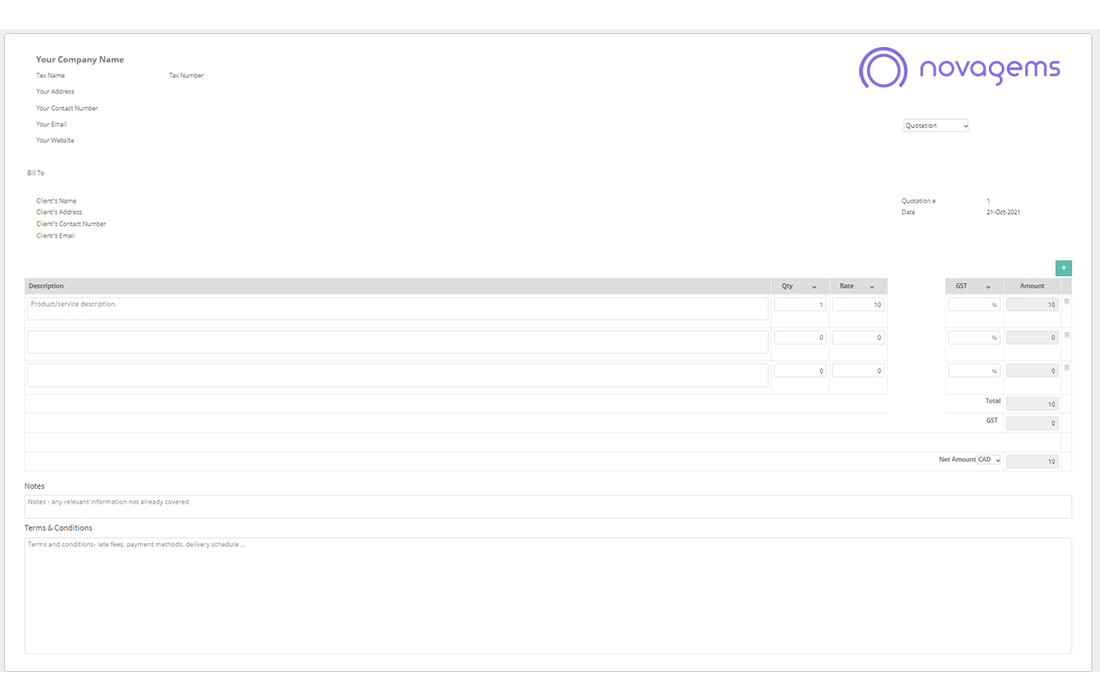
Choosing an adequate template and security guard quotation format is also crucial. The first thing to note is that it should look professional. So, be careful with the language, the elements, and the tone used in the quotation. Here are the things you must include:
- The logo and name of your security company
- The address of your company
- Security guard quotation number
- Date of writing and issuing the quotation
- The name of your prospect
- The address of your prospect
- Service description
- Terms and Conditions of services
While most things in the quotation are mere details, you can work up the magic in the service description. It is the perfect spot for you to explain what you have to offer to the prospect and how you stand out from the competitors. You can explain what protocols you use to recruit and train the security guards, how they work, and how you supervise their work. You can also mention the security guard management system that you are using within the company.
With a good description, perfect portfolio, and professional presentation, your security guard quotation can help you convert leads.
3) Follow Up
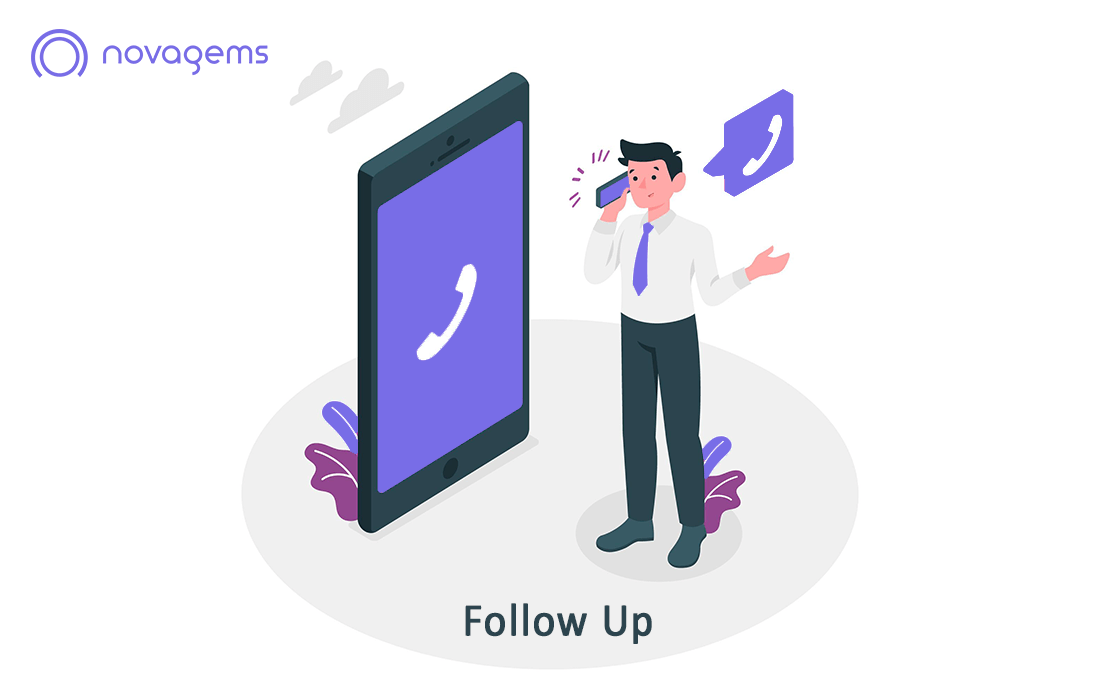
Just like the time to send the quotation, the time to follow up also matters. Don’t be too hasty about it and give your prospects time to go through the quotation and revert accordingly. Three business days is an acceptable time to wait for the response. After that, you can send an email to follow up.
Also, if your client has mentioned a date on which they will revert, be patient and wait for the same. If the date has passed without any response from them, you can send a follow-up email.
4) Approach
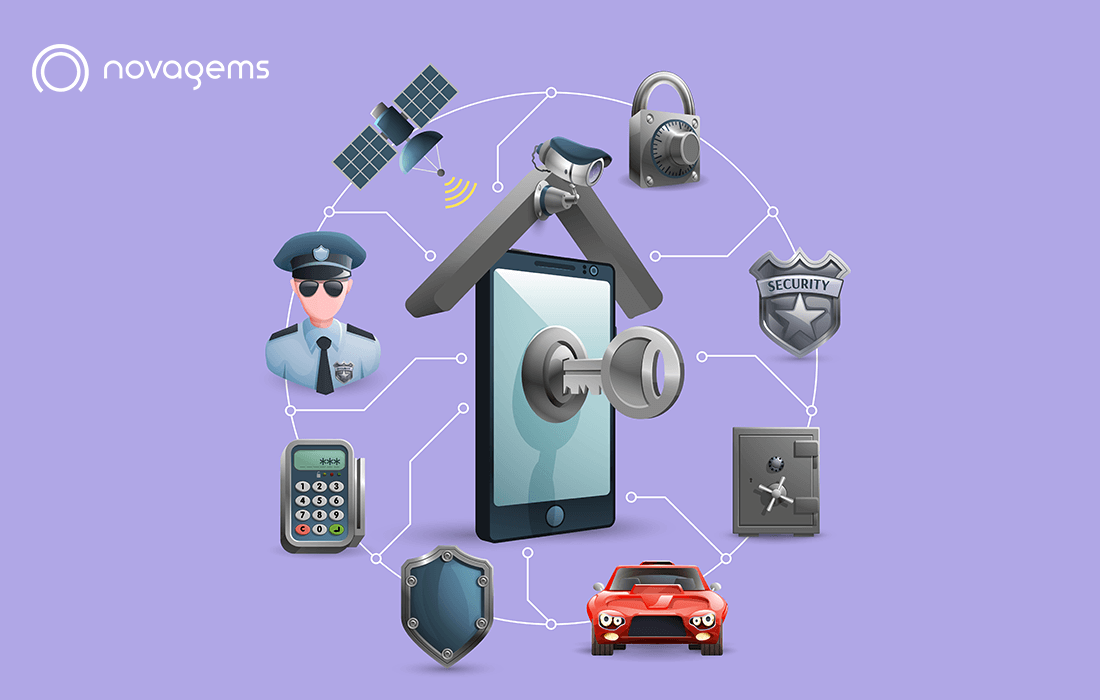
Your approach while sending the security guard quotation to your clients matters the most. Make sure you maintain professionalism throughout the process. From your first conversation with the client to the conversation after the quotation is approved – everything needs to be done carefully. One slip-up can cost you a good project.
So, make sure you follow a professional approach. Don’t sound too hasty or pushy, don’t oversell yourself, and don’t brag about your experience or previous clients.
The other thing to keep in mind is to accept only written approvals. If a client says they have approved your quotation, ask them to share the written word for it. Such an approach is beneficial for all.
Why a Detailed Security Guard Quotation Matters
Many security companies underestimate the importance of quotations. They rush to send numbers without enough context — and then wonder why they lose bids or face disputes later.
Here’s why your quotation must be clear, detailed, and transparent:
- It builds trust. When a client sees a structured, professional quotation, they immediately feel confident that you run an organized business.
- It prevents disputes. A vague quotation leaves room for interpretation. The more specific you are, the fewer arguments arise later about payment or responsibilities.
- It helps justify your pricing. Breaking down each cost item (like guard wages, training, and supervision) shows clients exactly where their money goes.
- It improves your brand image. A clean, branded quotation document looks professional — it’s often the first impression of your company.
- It increases your closing rate. Clear quotations are easier to approve. Clients tend to say “yes” faster when everything is explained simply.
Industry Insight:
According to the U.S. Bureau of Labor Statistics, over 1.2 million security guards are employed in the U.S. with a median wage of $17.82/hour. This makes labor the single biggest cost component — and the one you must explain clearly in your quote.
Things To Be Included In Your Security Guard Quotation
Your Business Name And Logo
Make sure that the legal name of your company and logo is added to the security guard service quotation.
Your Address
Your address can be used for communication purposes as well. Along with the address provide contact information so that it is easy to reach the location. This will give more authentication to your security services quotes.
Your Quotation Number
Your unique quotation number will set you apart from the rest. It will also make it easier to communicate with the clients and even they can easily reach you.
Quotation Date
Do not forget to add the quotation date when the quotation date was made and issued.
Types Of Security Services You Will Provide
Pay close attention to this crucial section and ensure that you fill it out meticulously. This is where you should provide comprehensive information about the products and services you plan to offer in accordance with your client’s needs. Please clearly state the total price, including any relevant taxes.
Terms And Conditions
Include all of the terms and conditions that are applicable to your quotation. Also mention the start and end date of the quotation.
Make Your Quotation More Impressive
Your prospects are looking for the best security company and guards. It means they are looking for well-trained and high-tech personnel that can ensure safety to them, their premises, employees, and families. With a high-performing guard management system, you can add more value to your security guard quotation. Such a system by Novagems helps security companies keep track of their guards with handy features. The features include GPS tracking, geofencing, back office management, reporting, emergency alerts, report management, and whatnot.
How to Calculate a Realistic Security Guard Quote
Let’s take a simple example.
A client needs two unarmed guards for 8-hour shifts, 25 days a month.
- Base wage per guard: $15/hour
- Total hours per guard: 8 × 25 = 200
- Monthly wage per guard: $3,000
- Two guards = $6,000
- Add 30% for statutory benefits: +$1,800
- Add supervision & management: +$500
- Add uniforms, gear, training: +$300
- Add insurance & travel: +$250
- Add contingency (5%): +$440
- Total cost before profit: $9,290
- Add 15% profit: +$1,393
- Final quotation amount: $10,683 per month
By presenting calculations like this in your proposal, you make your pricing transparent and professional.
Key Cost Factors to Include in a Security Guard Quotation
A quotation isn’t just a number — it’s the sum of multiple cost components. Forgetting one can eat into your profit or create tension with clients later.
Here’s a breakdown of what you should include and how to explain it:
1. Guard Wages and Shifts
Start with the base hourly or monthly rate per guard.
Clarify whether your guards work 8-hour or 12-hour shifts and how many days per week.
Mention any variations in cost for day vs. night shifts, as nighttime duty often comes with higher pay.
2. Overtime and Premium Pay
Clients appreciate transparency.
If guards might work on public holidays or extended shifts, mention overtime rates (usually 1.5x or 2x of the base wage).
This ensures there’s no confusion about how additional hours are billed.
3. Statutory Benefits and Payroll Costs
In most countries, guards are entitled to benefits such as EPF, ESI, insurance, and paid leave.
These add up to 25–40% of the base wage — so clearly state that your quotation includes statutory compliance and benefits.
4. Uniforms and Equipment
Guards need uniforms, shoes, torches, radios, or even mobile phones for reporting.
Explain whether these are provided by your company or reimbursed by the client.
If you’re including them, mention that the cost is covered within your total rate.
5. Training and Licensing
A trained guard is more efficient, safer, and more professional.
If your company invests in training or certifications, mention it proudly in your quotation.
Clients value licensed and trained staff, even if it increases costs slightly.
6. Supervision and Management
Behind every guard team, there’s a supervisor managing rosters, site visits, and reporting.
Factor in these management costs — and communicate them clearly.
Clients appreciate knowing there’s a structured chain of command watching over operations.
7. Insurance and Liability Coverage
Include general liability, worker compensation, and any site-specific insurance.
It protects both you and your client, and it’s a key trust factor.
8. Travel and Communication
Add transport costs for guard movement, patrolling, or supervisor site visits.
If you use digital tools like Novagems’ guard tour tracking app, explain how that saves time and improves transparency.
9. Contingency or Risk Buffer
Include a small percentage (around 5%) for unexpected costs — fuel hikes, inflation, or emergency coverage.
This shows you’re realistic and responsible in your financial planning.
10. Profit Margin
Finally, include your profit margin, typically between 10–20% depending on competition and service quality.
Avoid quoting too low; undercutting prices only leads to poor execution later.
Tips to Make Your Quotation Stand Out
Want to move from “just another quote” to “a winning proposal”? Follow these actionable tips:
- Use a branded, visually clean template. A grey or light background with your logo gives a modern touch.
- Add your USPs. Mention things like GPS tracking, mobile reporting, or live alerts from Novagems.
- Offer packages. Provide 2–3 options (Basic, Standard, Premium) with small differences in coverage.
- Add trust signals. Include testimonials, case studies, or client logos.
- Show transparency. Mention “all statutory compliances covered” — clients love that phrase.
- Include a mini case study. For example, “How XYZ Company reduced guard overtime costs by 15% with our digital scheduling system.”
- Use simple visuals. Arrows, icons, or callouts explaining each cost point keep readers engaged.
- Add a CTA. End the document with a line like “To discuss your site requirements, contact our security consultant today.”
Did You Know?
The global security services market is projected to reach $102 billion by 2030, growing steadily at a 6.4% CAGR (Allied Market Research). This growth means more competition — and well-written quotations can set you apart instantly.
Not only does such a system allow you to impress your prospects and reinforce your trustworthiness but it also helps you present old records and reports to the clients if required. So, make things easier with a security guard management system and bring your security company to the limelight. It adds to the value your company holds in the eyes of your prospects and keeps you a step ahead of your competitors. For details, get in touch with the team at Novagems. We are just a phone call away!
FAQ Section
How much should a security guard cost per hour?
Costs depend on region, risk level, and service type. Unarmed guards typically cost $15–25/hour, while armed guards may go up to $40–50/hour for high-risk sites or night shifts.
What details should I include in a quotation?
Include guard count, duty hours, wages, benefits, uniforms, supervision, equipment, insurance, and terms of service.
How can I make my quotation more appealing?
Be transparent, provide clear cost reasoning, offer options, and show added value — like technology-enabled supervision or digital reports.
How do I handle taxes in quotations?
Always mention whether taxes (GST, VAT, etc.) are included or extra. It avoids confusion and keeps your quotation compliant.
What’s a fair profit margin in security services?
A margin of 10–20% is standard. It ensures sustainability while staying competitive.
Get a Free Trial
Sign up For Newsletter
Latest Blog Posts
Get Started
Start being productive & grow your business
with Novagems


